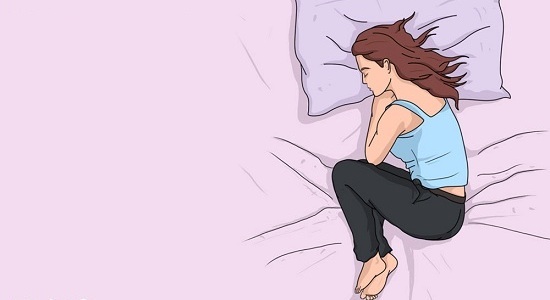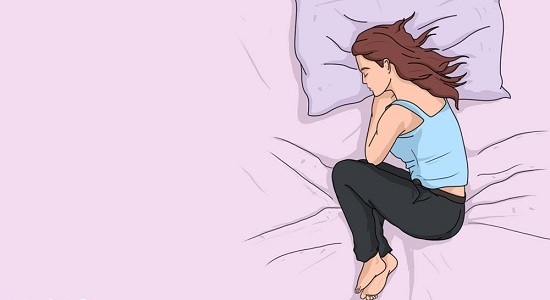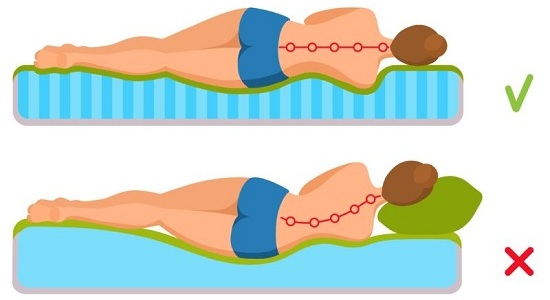
Sleeping Dos and Don’ts to Avoid Back Pain
How do you feel when you get out of bed in the morning? Have you thought much about the position you sleep? It is pretty easy to know if the way you sleep is bothering you. Back pain is the most commonly reported pain condition in people. Whether you already struggle with back pain or are trying to prevent back trouble, there are dozens of opportunities in your daily routine to protect your back — or put it at risk.
Below we have mentioned some dos and don’ts of sleeping to avoid back pain.

Do sleep flat on your back. Sleeping flat on your back helps keep the spine straight. Make sure that your legs are straight and you aren’t sleeping on a pile of pillows that puts your neck at a stressed angle.
DON’T sleep on your stomach. This position puts the most amount of pressure on your neck and can cause constant head and neck pain during the day. Try to sleep with a pillow between your knees with legs straight.
Do sleep on your back with a pillow under your knees. For some people, sleeping on their back may be the best position to relieve the back pain.
Lay Flat on Your Back
- Place a pillow underneath your knees and keep your spine neutral. The pillow is important — it works to keep that curve in your lower back.
- You may also place a small, rolled up towel under your back for added support.
How does this position help? When you sleep on your back, your weight is evenly distributed. Not only that, but it is spread across the widest area of your body. As a result, you place less strain on your pressure points. You’re also able to get better alignment of your spine and your internal organs.
Don’t Sleep with One Leg Higher than the Other
If you sleep with one leg straight and one leg bent, you are twisting your lower back and putting unnecessary strain on the spine. This position can also lead to tighter muscles.
Do Sleep on Your Side
Sleeping on your side is another way to put the spine in its optimal position during sleep. However, make sure that your knees are aligned when you do this. Try keeping a pillow between the knees. This will help keep your pelvis in line as you rest.
Don’t Sleep in Fetal Position

Sleeping in the fetal position can put your back and neck in a curved position while you sleep. It also causes muscles to tense up during sleeping.
The Right Mattress and Pillow for Sleep

When it comes to selecting a mattress and pillow, you should obey personal preference and comfort rule. Some people prefer the firmness of a harder mattress, while others are more comfortable on a soft mattress. See if your mattress store lets you try out a bed overnight or even longer. If that is not an option, perhaps sleeping on the floor in a sleeping bag may mimic a firm surface, and sleeping on a couch may mimic a softer surface.
- Some people may find it helpful to use a contoured pillow to alleviate neck strain or to sleep on just one pillow instead of a stack of several pillows.
- If a few changes to your sleep position don’t help your back pain or sleep troubles, it may be time to get a medical opinion.
What’s the Right Way of Getting Out of Bed?

One aspect of sleeping and posture we often overlook is the bit where we actually get out of bed. How you sit up and emerge from the lying down position to standing can strain your back if you aren’t careful. Here are some pointers to help you get out of the bed the right way:
2. Roll on to either side and slowly push up with your hands as you swing your legs off the side of the bed.
3. Do not bend forward from your waist as you get off the bed because it could injure your back.

